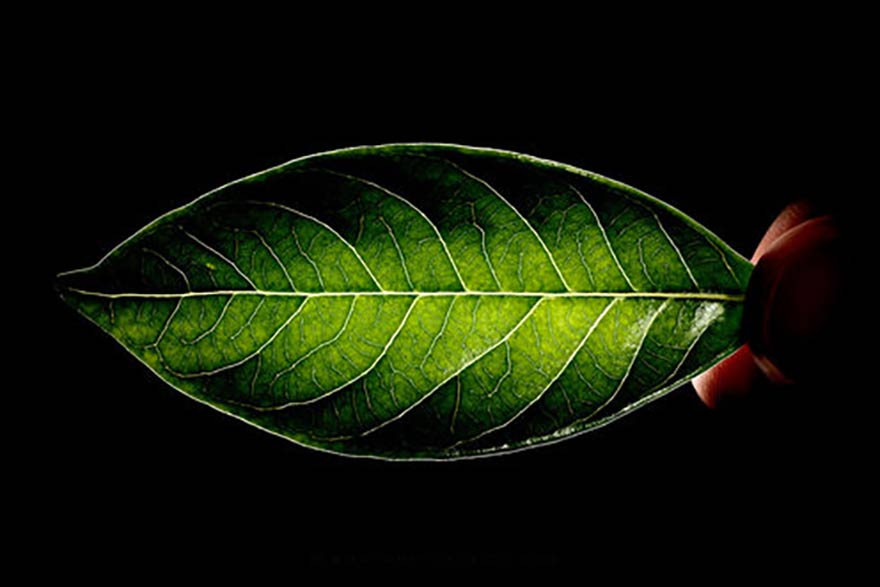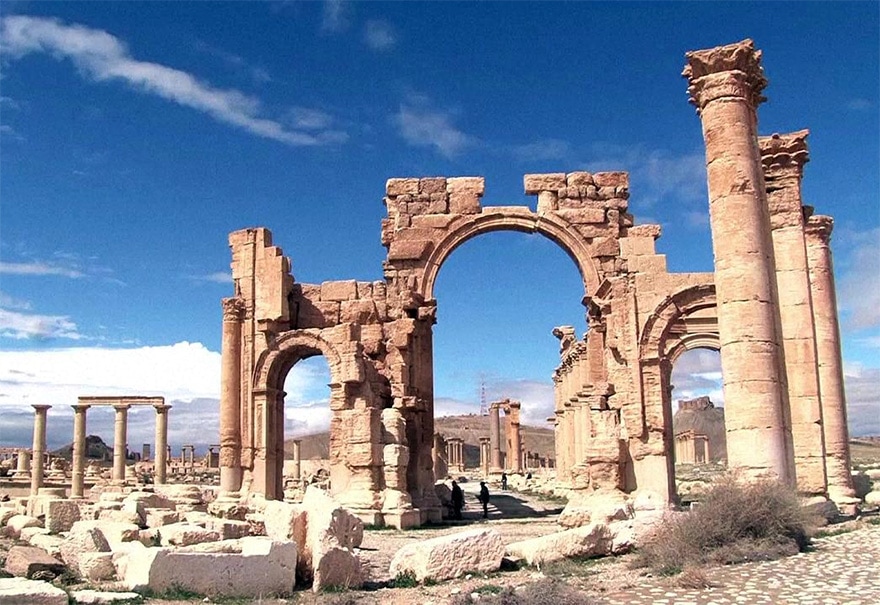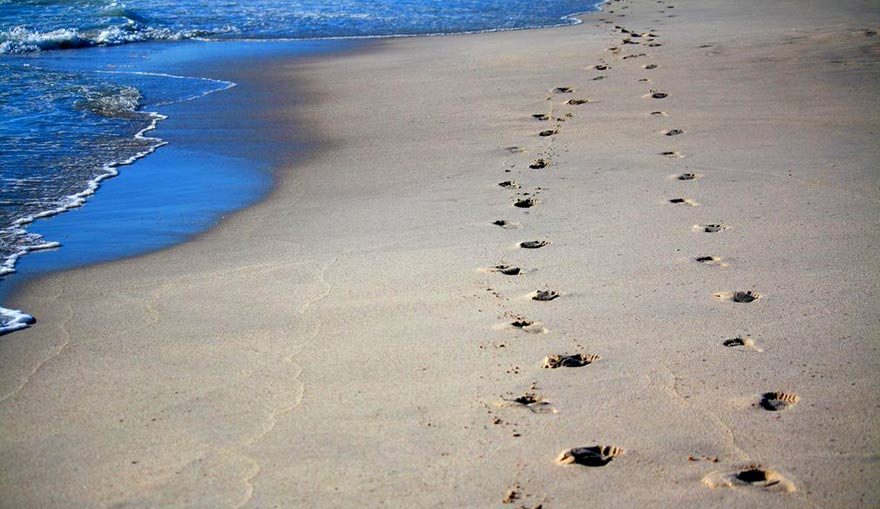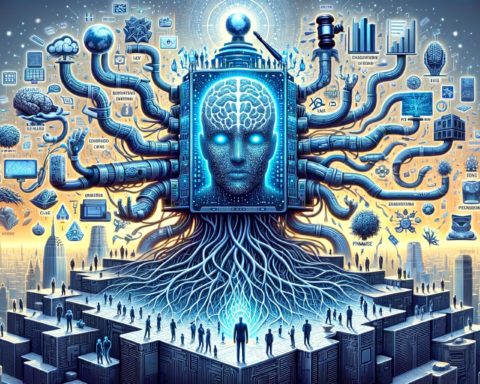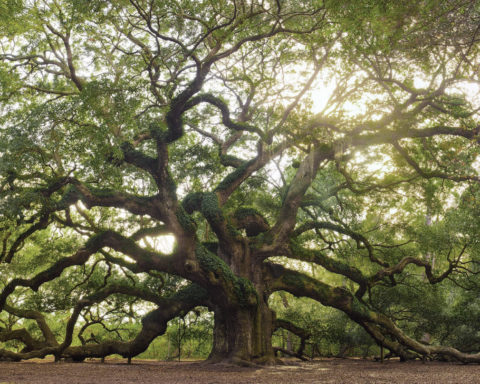Since the 1980s there has been a growing spiritualization of ecology. Many voices are being raised to overcome the nature/culture dualism, the idea of a nature-object-resource and the dominant paradigm of anthropocentrism; it is a question of recognizing an intrinsic value, and therefore rights, to nature, which is now becoming a subject. By inviting man to reconnect with his non-human living environment and to re-inhabit the Earth, in communion with it and not against it, a number of intellectuals and militant ecologists seem to want to integrate a spiritual dimension into ecology.
L’he Gaia hypothesis, according to which the Earth is a living being, a vast, natural, dynamic and self-regulating system, including the biosphere and supporting life, testifies - as the reference to "Gaia", the name of the goddess of Greek mythology personifying the Earth, indicates - to the influence of the Earth's religions. Several scholars have emphasized the religious content of this theory. Some consider that James Lovelock seeks to find in this (scientifically contested) vision of nature a mystical union with Mother Earth (see Anne Primavesi, Gaïa's Gift, 2003). Others bring Gaia theories (as well as radical ecology as a whole) closer to neopaganism, one of the characteristics of which would be pantheism, i.e. the idea of a communion with nature, with the Earth as a spiritual entity (see Yannick Cahuzac and Stéphane François, "Panthéisme, néopaganisme et antichristianisme dans l'écologie radicale", Politica Hermetica, 2013).
Sacralization of nature
The ecospiritual approach also permeates environmental ethics, which became an academic discipline in the United States in the early 1970s. Some people wonder whether, by giving a value in itself - intrinsic or moral - to nature, it does not contribute to its sacredness (see Bérengère Hurand and Catherine Larrère, Is there anything sacred in nature?, 2014). In any case, it seems to be marked by the search for wisdom, for an ecosophy, and like all lived ethics, it challenges each person in the intimacy of his or her relationship with the world. In this, it would undoubtedly be incomplete without a spiritual horizon.
According to the American philosopher Holmes RolstonThe view of the Earth from space as such delivers an ethical imperative, and in this sense it is akin to an epiphanic experience, the revelation of a transcendence that inspires a sense of respectful awe and admiration - that paralyzing sense of being overwhelmed by a higher creative power, which envelops us by assigning us a position within creation. This revelation "gives impetus to the movement of interior conversion which leads, in the words of St Paul, to "stripping away the old man" (the garments of the master and possessor) and "putting on the new man" (the figure of the protector and benevolent guardian of creation)" (Hicham-Stephane Afeissa, Ecosophies. Philosophy put to the test of ecology, 2009).
Different from environmental ethics, the deep ecology of the Norwegian Arne Naess is a holistic and biocentric ecosophy, developed in the late 1970s, notably based on the Spinozist and non-violent ethics of Gandhi (ahimsa); it posits that all species have an equal right to exist and that the existence of each species is an end in itself: "The well-being and flourishing of human and non-human life on Earth has intrinsic value (in itself). These values are independent of the usefulness of the non-human world to our human interests" (Arne Naess, Ecology, Community and Lifestyle, 2012 [1976]).
For some intellectuals, profound ecology is similar to religion in that it is based on a "cult of life" and "comes to consider the biosphere as an almost divine entity, infinitely higher than any individual reality, human or non-human" (Luc Ferry, The new ecological order. The tree, the animal and the man, 1992). Others consider it to be a Gnostic-type religion that places great importance on "self-realization" and is imbued with an esoteric sacredness (see Giovanni Filoramo in Religion and ecology(1992), or even as a form of neopaganism based on the sacralization of nature.
In search of a symbiotic relationship
As a subject, and even as a subject of law, nature must also be a subject of law for the philosopher Michel Serres, who considers it to be an accountant of a universal declaration of the rights of nature (see The natural contract, 1992). The earth, according to him, needs man's wisdom, and it is urgent, in the face of the threat of collective death, that humanity should pass, as it does the social contract, a tacit contract with inert objects and living beings (in short, all that is called nature) to declare them subjects of law; only in this way could justice be done to nature. It is that the earth, through its limits and vulnerability, becomes the common horizon of human beings; it is what connects them. This perspective of a new symbiotic relationship between humanity and planet Earth seems to be a spiritual project.
Ten years later, another French thinker, the philosopher of science Jean-Pierre Dupuy, noted our inability to think about catastrophe (For an enlightened catastrophism2002) and exposes the illusion of optimal risk management. Influenced by both mimetic theory of the French philosopher René Girard (Violence and the Sacred(1972) and by the ethics of responsibility of the German philosopher Hans Jonas, for whom only an asceticism of moderation can enable mankind to avoid environmental disasters. made possible by the (The accountability principle(1979), Jean-Pierre Dupuy considers it essential that human societies anticipate these disasters so that they do not occur, setting limits outside themselves thanks to their capacity for "self-transcendence". For this, the sacred - which our modern societies nevertheless repress - would be indispensable in that it is unquestionable, coming from beyond the social (The mark of the sacred, 2009).

Find this text in its entirety by consulting the collective work " Environmental Humanities Guide "(edited by Aurélie Choné, Isabelle Hajek and Philippe Hamman, Presses universitaires du Septentrion, 640 p., €40), to be published in December 2015.
Aurélie ChonéLecturer, Strasbourg University
The original text of this article was published on The Conversation.

